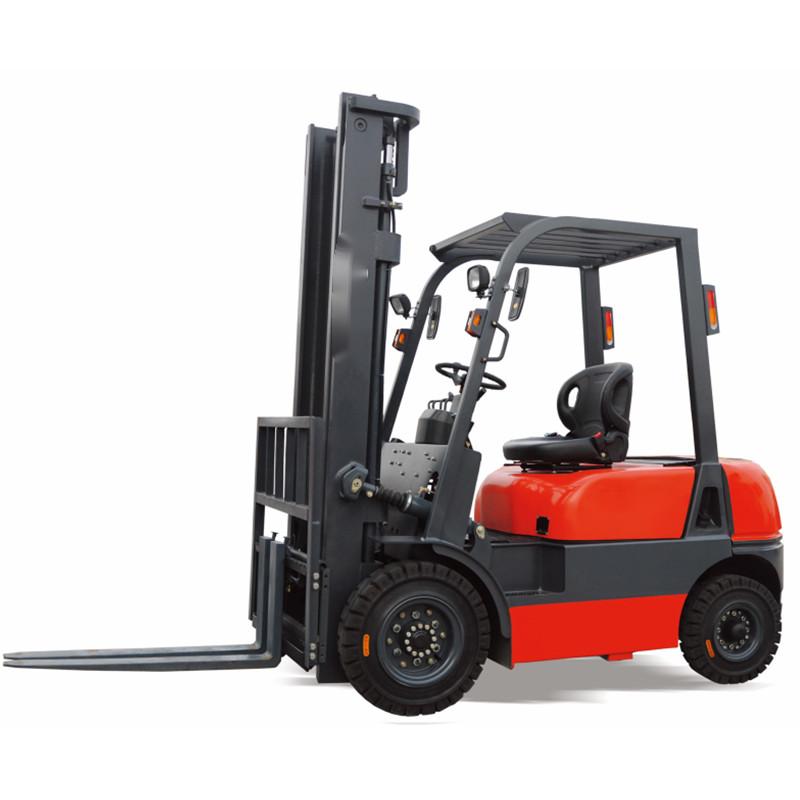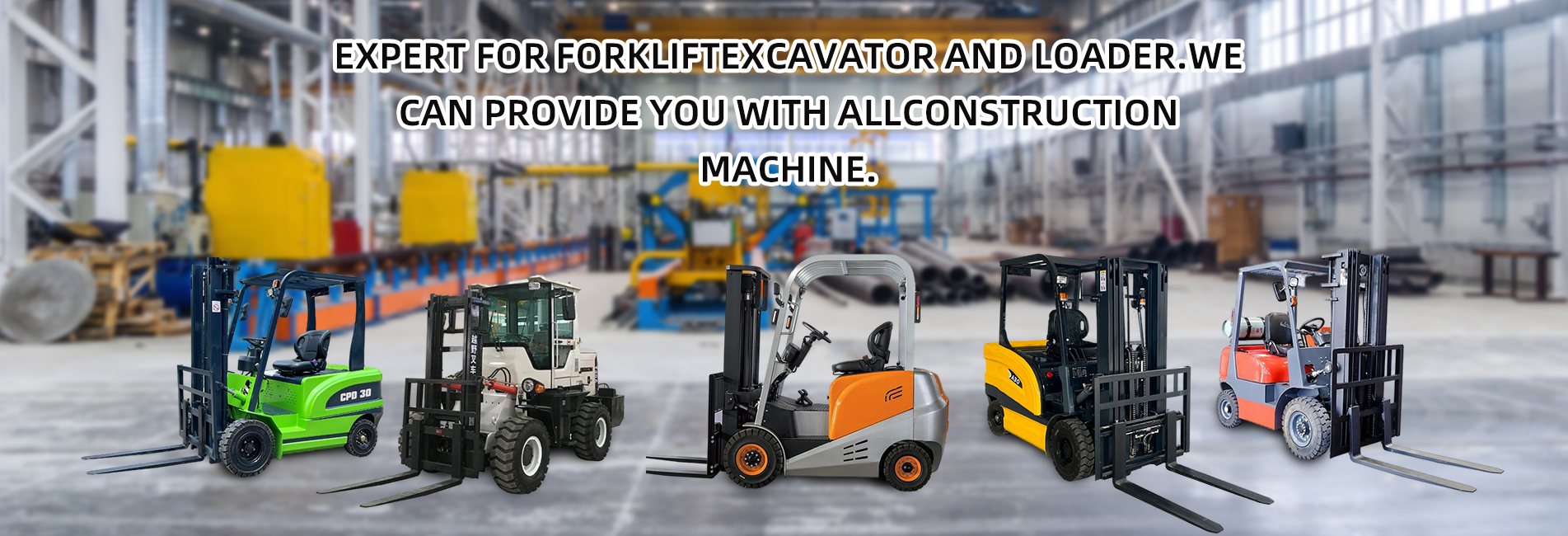When choosing a 3-ton forklift, the decision between electric and fuel-powered models needs to be comprehensively considered based on factors such as actual usage scenarios, cost budgets, and performance requirements. Both have distinct advantages and certain limitations. The following analysis from core dimensions will help you find a more suitable option.

In terms of usage scenarios, electric forklifts are more suitable for indoor or enclosed environment operations. They produce almost no exhaust emissions during operation and have low noise levels (60-70 decibels), which can effectively improve air quality in enclosed spaces such as warehouses and workshops, and reduce noise interference to surrounding office areas. Fuel-powered forklifts (including diesel, gasoline, and LNG models), due to exhaust emissions and high noise (80-90 decibels), are more suitable for open outdoor sites such as ports, freight yards, and construction sites. They are particularly advantageous in scenarios that require long-term continuous operation and lack charging conditions.
The cost aspect needs to be considered in both the short and long term. The purchase cost of electric forklifts is usually 30%-50% higher than that of fuel-powered vehicles of the same tonnage, mainly due to the high cost of batteries (lead-acid or lithium-ion) and motor systems. However, in long-term use, the electricity cost is only 1/3-1/2 of the fuel cost. Moreover, the motor has a simple structure and requires fewer maintenance items (no need to replace oil, filters, etc.), so the annual maintenance cost can be saved by more than 50%. Calculated based on 8 hours of work per day, electric forklifts can save 10,000-30,000 yuan in energy consumption and maintenance costs compared to fuel-powered vehicles each year. Generally, the initial purchase price difference can be offset in 3-5 years. The advantage of fuel-powered forklifts lies in low initial investment and short refueling time (it can be fully refueled in a few minutes), making them suitable for users with limited budgets or unstable operation intensity.
In terms of performance, each has its own focus. The motor output torque of electric forklifts is stable, with smooth starting and precise speed regulation. They have better steering flexibility in narrow channels and are suitable for operations that require frequent starting and stopping and high stacking accuracy (such as multi-layer shelf operations in e-commerce warehouses). However, their battery life is limited by battery capacity. Lead-acid batteries usually have a battery life of 4-6 hours, and lithium-ion batteries can be extended to 6-8 hours, which requires supporting charging facilities. Their full-load climbing capacity is weak, and they are generally suitable for sites with a slope of less than 5°. Fuel-powered forklifts have strong engine power, with a full-load climbing capacity of more than 15°. Their battery life is not limited by electricity (a full tank can work for 10-12 hours), making them more reliable in high-intensity operations such as heavy-load handling and long-distance transportation. In particular, diesel models have torque characteristics suitable for continuous heavy-load working conditions.
In terms of maintenance and service life, the motor and battery of electric forklifts are the core maintenance points. The service life of lead-acid batteries is about 1000-1500 cycles (2-3 years), and the replacement cost is high. The service life of lithium-ion batteries can reach 2000-3000 cycles (5-8 years), but attention should be paid to battery thermal management. The motor system has a simple structure and low failure rate, and daily checks only need to be carried out on the circuit and battery status. The maintenance of mechanical components such as engines and gearboxes of fuel-powered forklifts is complex, requiring regular replacement of oil, fuel filters, spark plugs, etc. After long-term use, fuel consumption is prone to increase due to wear, and the service life is usually 8-10 years. However, the service life of the motor and frame of electric forklifts can reach 10-15 years, with a longer overall life cycle.
In addition, policy and environmental protection requirements also need to be considered. With the advancement of the "dual carbon" policy, many places have imposed restrictions on the use of fuel-powered forklifts for indoor operations. Some cities have clearly required warehousing and logistics parks to give priority to electric forklifts. In areas with looser environmental protection controls, there are fewer restrictions on the use of fuel-powered forklifts. If enterprises have needs for green factories and environmental protection certifications, electric forklifts are a more compliant choice.
In summary, if the operation is mainly indoor, environmental protection and low noise are emphasized, and a higher initial investment can be accepted with a plan for long-term use, electric forklifts are a better choice. If the operation is mainly outdoor, high-intensity continuous operation is required, the budget is limited, or there is a lack of charging conditions, fuel-powered forklifts are more suitable. For users with complex operation scenarios, a combined configuration of "electric + fuel-powered" can also be considered to balance the efficiency and cost of different scenarios.


